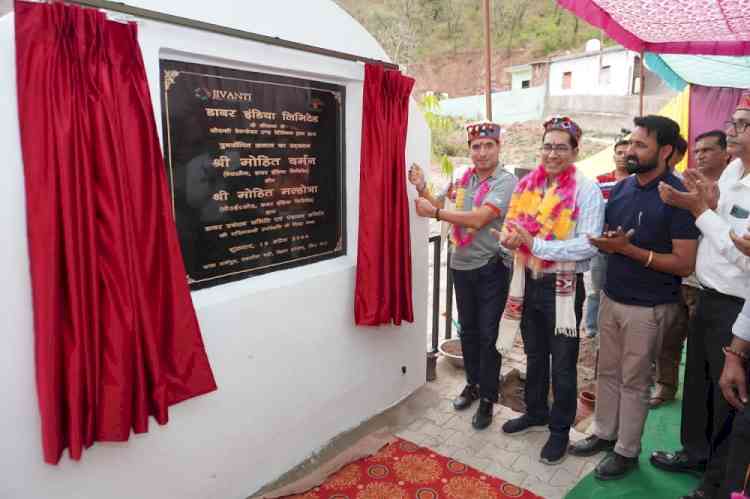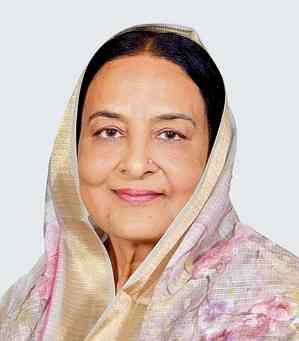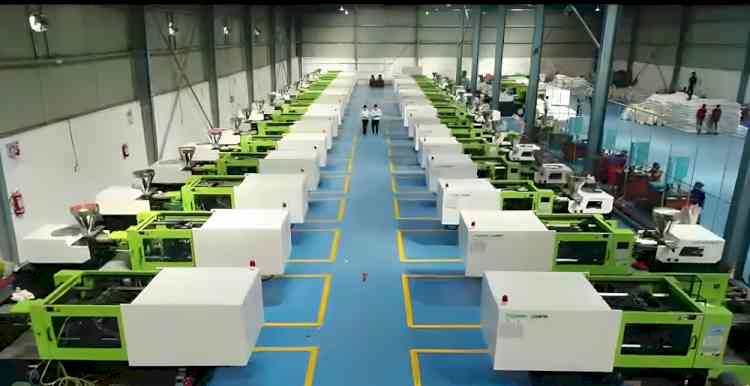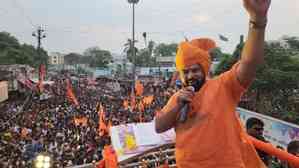2-week Earth Science Summer Camp initiated by Department of Geology
Author(s): City Air NewsSchool children at Earth Science Summer Camp. photo: city air news Chandigarh, June 12, 2016: The Panjab University (PU) Earth Science Summer Camp concluded with participation of 26 students of class VIII-IX from...


School children at Earth Science Summer Camp.
photo: city air news
Chandigarh, June 12, 2016: The Panjab University (PU) Earth Science Summer Camp concluded with participation of 26 students of class VIII-IX from 18 schools of the Tricity. The two week Earth Science Summer Camp was initiated by Department of Geology on June 1.
There were exciting lectures, followed by hands-on practical sessions on rocks, minerals, life origins, earthquakes, volcanoes, dinosaurs, fossils, climate and ground water. This gave an opportunity to the young minds to think about earth science, as a new option, besides the usual and popular medical and engineering fields.
The camp was drawn to close on Saturday in the field itself, which was conducted by Dr. R.S. Loyal and Dr. Mahesh Thakur in the Siwalik Fossil Park at Saketi, District Sirmur, Himachal Pradesh.
Life-size models of four-horned giraffe, hippopotamus, gavialis (Gharial), and sabre-tooth tiger were observed and experienced by the students. The accompanying teachers explained the significance of these models, emphasizing on body shape, adaptations of their teeth, limbs and gradual evolution through time. Much excitement spread amongst the children when the past environment of the last 2-4 million years was associated with the animals’ changing diet patterns was highlighted, alongwith changing climate and Himalayan upliftment history was discussed. This further provoked much curiosity, as to why giraffe and hippopotamus were extinct in India, while their African counterparts were alive and kicking. The biological territories of the big cats also had also undergone much shrinking in Asia, as well.
Besides, the children were also exposed to a rich collection of vertebrate fossils from the Siwalik Group, in the museum maintained by the Geological Survey of India.
The students were given certificates of participation by Dr. R.S. Loyal, to widen their ignited minds to this exciting field of earth and its evolution. On the way back, the fossils of various organisms that lived during the later phase of Siwalik history, were collected and profusely photographed by the teachers and school children.

 cityairnews
cityairnews 
















